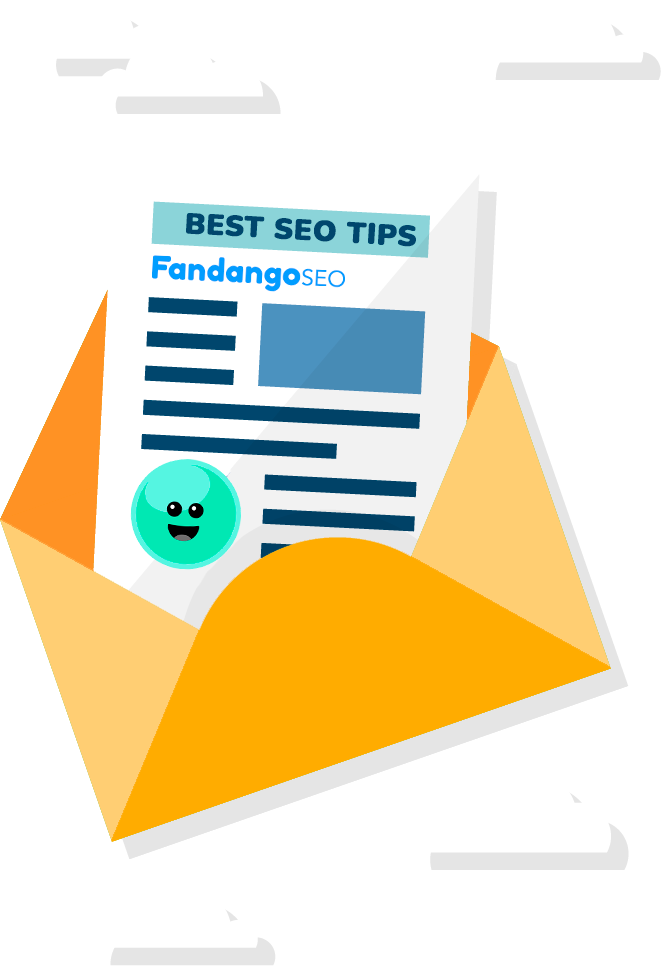The world of search engine optimization (SEO) used to be a pretty wild one. Most SEO professionals knew how to game Google’s algorithm, and many were happy to use slightly underhand or ‘black hat’ techniques to do so.
All this black hat activity gave Google a significant problem. Entire websites were being set up to take advantage of well-known deficiencies in the search algorithm. These websites, known as content farms, churned out relatively low-quality content with the sole aim of appearing at the top of Google’s rankings for popular terms and selling advertising on these pages.
What is Google Panda?
Google’s reaction to this problem was to make one of the biggest changes to its algorithm in years. That change was called Google Panda. Despite the cute name, it would cause massive problems for webmasters and SEO professionals who used these techniques.

The change was aimed particularly at content farms – websites that churn out dozens of low-quality articles with the sole aim of dominating Google’s search results and selling banner advertising off the back of this.
Initially, Google rolled out panda rank updates every month. This meant that once a month, there was a major shake-up in Google’s search results, and many sites would find their search positions had dropped significantly. Many sites immediately experienced a Google Panda penalty and took a huge hit in their rankings. The update did huge damage to companies such as Demand Media, which had built their entire business model on content farms.
Nowadays, we can say that Google Panda updates occur quietly and behind the scenes as it is embedded in Google’s machine learning algorithm. In other words, we no longer see panda-related updates as stand-alone. More specifically, we can say that today Panda is part of the Google core updates, primarily those focused on quality and content. Google continues to make modest changes behind the scenes to make sure its algorithms are hard to manipulate.
What is the Google search algorithm?
The Google search algorithm is the means by which Google decides in which order to show you search results. Google has a computer program known as GoogleBot, which crawls the web and sends data back to the algorithm. The algorithm then decides the quality of the pages and which search terms (if any) they should rank for.
What is the difference between Panda and Penguin?
Shortly after the Google Panda algorithm rolled out, Google introduced another update named after a cute animal. The search engine giant designed the Google Penguin specifically to eradicate some black hat techniques that unscrupulous SEO professionals had used to boost the rankings of sites. In particular, Google designed it to stop the use of an SEO tool that created hundreds of low-quality links to websites. This boosted the rankings of relatively low-quality sites and meant that most SEO experts became obsessed with securing links on other sites – often at the expense of the content on their website.
Like Panda, Google Penguin was initially a separate update refreshed roughly once a month. At the end of 2016, Google announced Google Penguin 4.0. This rolled Penguin into Google’s main search algorithm and means that updates now happen all the time in the background. Results won’t change dramatically from day to day, but bots are constantly monitoring the results for poor-quality link profiles. A Google update happens several times a day, and sites continuously move up and down the rankings.
How we could recover from Google panda
If the Google Panda update hit your website, you had a severe problem that required a recovery strategy. The levels of traffic to your website could drop significantly, and you could suffer significant losses. That said, the answer to how to recover from a Google Panda penalty was not too complicated, and we could respond as follows.
The first step to recovering from a Google Panda penalty is to perform a full website analysis to work out why your rankings have dropped. Unfortunately, there’s no instant fix to help you recover from a Panda penalty. The answer is to review your website and improve the quality of the content. This means making sure that you offer in-depth and valuable content that your users will want to read. Avoid thin content which uses keywords over and over again. This used to be a way of improving the ranking of your website, but it is no longer effective.
How to improve your Google rankings
For years, Google said that the best way to improve your Google ranking was to write high-quality content that visitors found useful. This was a laudable aim, but it wasn’t true. There were plenty of ways to game Google’s search algorithm, and Google and SEO professionals knew them.
That’s why Google introduced updates like Google Panda and Penguin. They closed down the loopholes that had been exploited and forced webmasters to focus on improving the quality of their content to improve their rankings.
The very basic SEO strategies from the early days of Google remain relevant. You want to write good quality content and make sure that you have a good selection of high-quality links from respected websites. The big change has been the end of the SEO techniques of the late 00s. Namely, extreme amounts of links and writing thin, keyword-stuffed content. Google has also placed a greater emphasis on the technical quality of websites. In particular, your website must perform well on mobile devices, even if you’re only worried about your desktop performance.
Google Panda was a major change to how Google worked, and the company almost certainly has more in the pipeline. Focus on high-quality content and obtaining organic links to your site, and you’re in with a good chance of performing well.
Google Coati
Update, Nov. 17, 2022: After the meeting of Barry Schwartz (Search Engine Land contributing editor) with Hyung-Jin Kim, the VP of Google Search, it seems like Google Panda has evolved into a new algorithm named Google Coati.
According to Kim, until now, Panda was part of Google’s core ranking signals. However, this algorithm with a cute animal name has been replaced by another one (also cute). Today, the Coati algorithm is the update of Panda.
